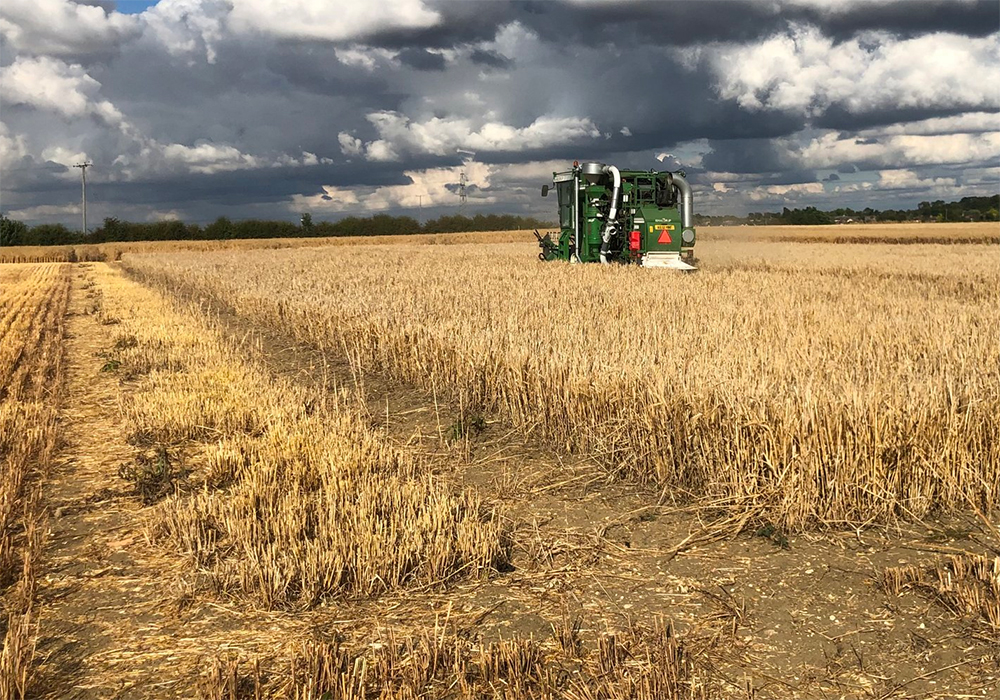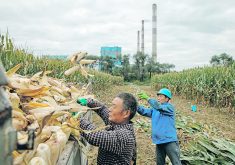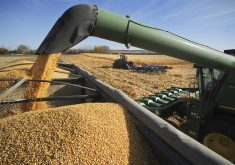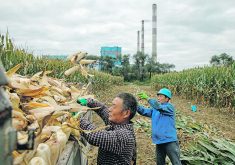British plant scientists plan to field test a new variety of barley that is designed to co-operate with beneficial fungi in the soil.
If the tests are successful, it could pave the way for wheat, oats and other crops that pull more nitrogen and phosphorus from the soil.
This month in England, researchers from the University of Cambridge Crop Science Centre will seed a barley variety that has been genetically modified so it can better interact with mycorrhizal fungi.
Read Also

Canadian Food Inspection Agency red tape changes a first step: agriculture
Farm groups say they’re happy to see action on Canada’s federal regulatory red tape, but there’s still a lot of streamlining left to be done
“Working with natural and beneficial microbial associations in plants has the potential to replace or greatly reduce the need for inorganic fertilizers, with significant benefits for improving soil health,” said Giles Oldroyd, a crop science professor and lead researcher for the Crop Science Centre project.
Mycorrhizae are a group of fungi that have a symbiotic relationship with plant roots. The roots provide carbohydrates to the fungi, which in turn help the plant capture more nutrients from the soil.
“These specialized fungi colonize plant roots… and extend far into the soil,” says mycorrhizae.com. “Mycorrhizal fungal filaments in the soil are truly extensions of root systems and are more effective in nutrient and water absorption than the roots themselves.”
The Cambridge scientists have genetically modified the barley to increase expression of a gene already in the cereal crop. Hopefully, that will allow the barley to work more effectively with the mycorrhizae.
The researchers have also created a gene-edited variety of barley, which has been designed to “suppress” interaction with the fungi. In other words, the roots of the barley are less capable of co-operating with the mycorrhizae.
They will measure yield in the new barley varieties, “while comparing both to the performance of a typical barley plant,” the University of Cambridge said in a release.
If the trial produces the expected results, the researchers say a similar trick can be performed in other cereal crops.
“The ultimate goal is to understand whether this same approach can be used to enhance the capacity of other food crops to interact with soil fungi, in ways that boost productivity without the need for synthetic fertilizers,” Oldroyd said.
Oldroyd has spent years designing cereal crops to become more like soybeans and peas: legume crops that can fix their own nitrogen.
In 2016, he spoke to the Western Producer about the potential of nitrogen fixing cereals.
The University of Cambridge research will be closely watched, as genetically modified and gene-edited crops remain a novelty in the United Kingdom.
In January, the U.K. government announced new legislation that relaxes the rules for research into gene-edited crops.
On its website, the Crop Science Centre explained that the research is needed to solve some of the big challenges facing agriculture.
“Fertilisers contain sources of phosphorus and nitrogen that promote crop production, but their use leads to significant pollution that negatively impacts biodiversity, as well as causing greenhouse gas emissions…. It is important to find alternatives to synthetic fertilisers in order to achieve sustainable crop production for all the world’s farmers.”
Contact robert.arnason@producer.com
















